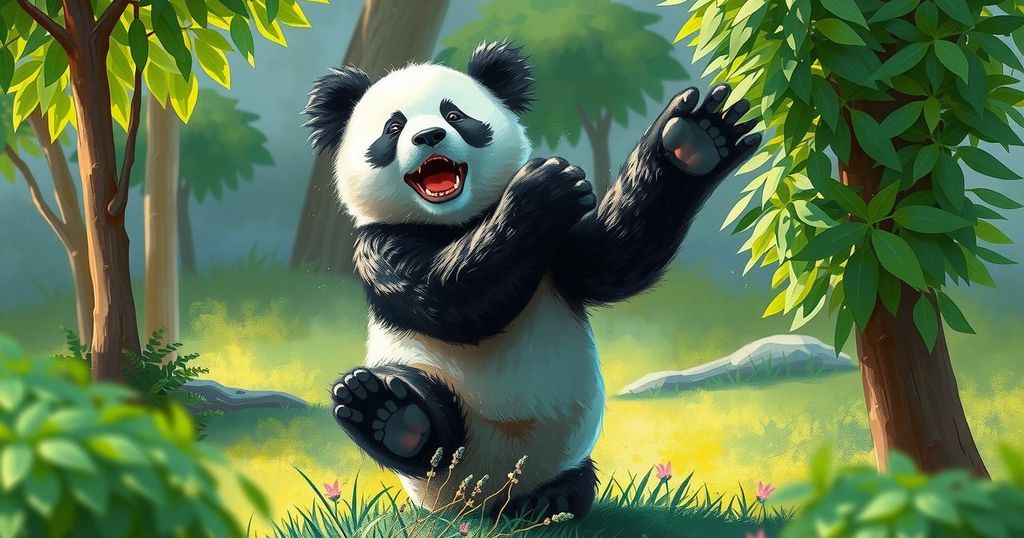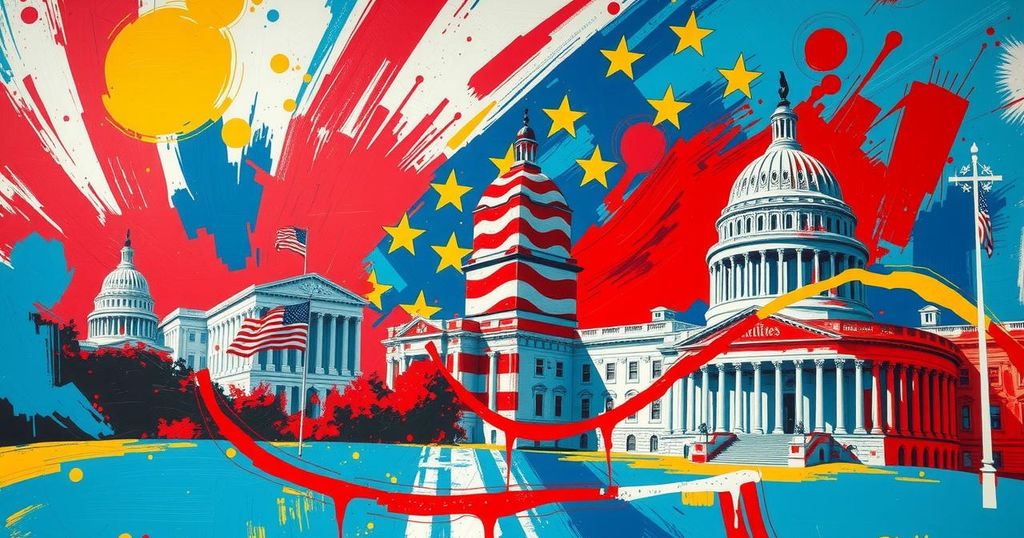Pandas and Politics: The Ideological Role of Zoos from WWII to Cold War
The article explores the historical and ideological connections between zoos and politics from World War II through the Cold War, emphasizing how modern politics, particularly under Trump, continue to influence zoos, including a recent executive order affecting the National Zoo that probes ideological content.
Pandas and politics have long intertwined, with zoos having played a notable role in ideological battles from World War II to the Cold War. Recently, however, it seems that the Trump administration is aiming to bring attention, albeit indirectly, to these institutions. Following a characterization of a widespread ideological revision of history, Trump issued an executive order in March 2025 that targets federal history sites—this includes the National Zoo, part of the Smithsonian.
Critics of this move are appalled, calling the idea that zoos could be indoctrinating visitors ridiculous. Seth Meyers didn’t hold back on his April 2 show, expressing disbelief at the thought of “improper” ideology existing at the zoo, remarking that “Trump is starting to get into weird dictator s—.” This statement underscores a growing concern about political influence seeping into institutions supposedly dedicated to entertainment and education.
Interestingly, though many zoos claim scientific neutrality, they have, in fact, shaped cultural narratives that extend beyond education about animals. Historically, zoos have justified colonial practices, supported eugenics, and even served as stages for political expression. For instance, during the 1920s and 30s, Mussolini used the Rome Zoo to symbolize fascist ideals by climbing into a lion’s cage, showcasing the intertwining of zoos and national identity.
In my book, “World War Zoos: Humans and Other Animals in the Deadliest Conflict of the Modern Age,” I delve into the intricate ties between zoos and wartime politics. During WWII, for instance, zoos operated under ideologies of sacrifice, where they were forced to prioritize state needs over their missions. Many North American and British zoos cut staff wages, rationed food, and offered soldiers special access, all while making painful decisions about animal safety amid wartime threats.
For example, in 1939, London Zoo euthanized over 200 animals to prevent any escape during potential bombing raids. Similarly, Nazi Germany applied harsh restrictions on their zoos, enforcing Aryan visitation and parading looted animals. In Japan, the Ueno Zoo conducted “propaganda killings,” taking out more than 20 animals as a grim commitment to the wartime narrative, which included executing beloved animals like polar bears and American bison. It’s a bleak look at how zoos have historically been utilized.
The behavior of the Soviet government in regards to its zoos was also strictly controlled. The Moscow Zoo became a center for wartime support, teaching citizens to breed animals for medical purposes. Meanwhile, zoo workers faced constant scrutiny; any misstep could lead to sanctions.
Fast forward to the Cold War, when zoos continued to reflect ideological discord. In Berlin, the stark differences between the capitalist and communist regimes were mirrored in their respective zoos. The giant pandas became a prominent symbol during this time, particularly as American zoos were blocked from importing them in the 50s due to their classification as
The intertwining of zoos and political ideologies has a long and complex history, especially during times of war and tension like World War II and the Cold War. Modern political directives—inspired by Trump’s recent executive order—suggest that this persistent link may continue to evolve, with implications for how institutions like zoos present their narratives. Whether seen as a form of indoctrination or an innocent institution, the ideological function of zoos remains critical to consider.
Original Source: theconversation.com




Post Comment